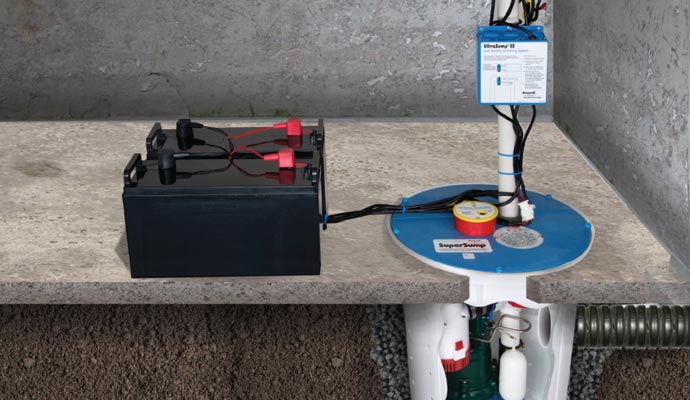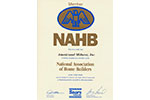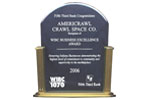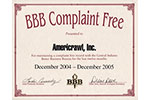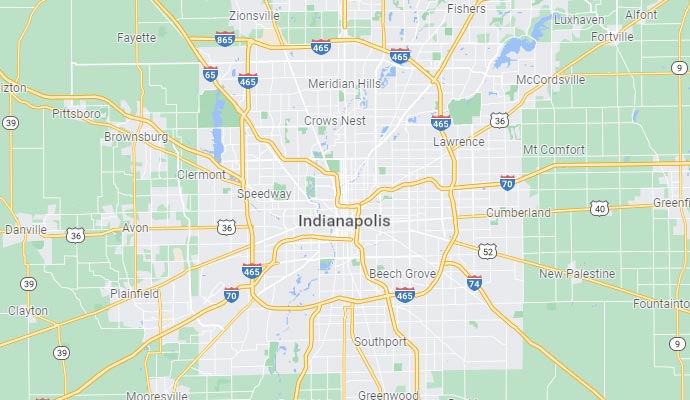What to Do When a Home Inspection Reveals a Wet Basement
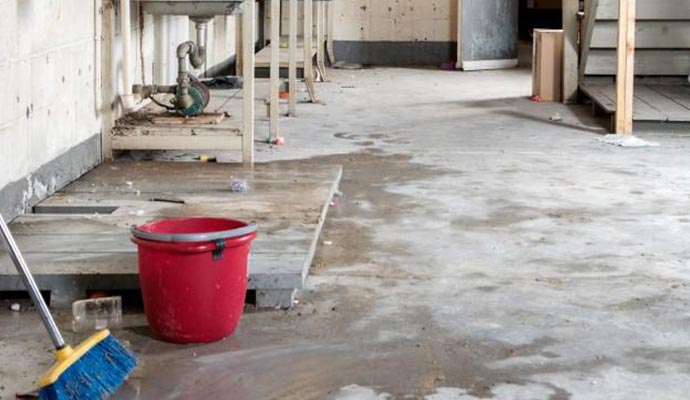
Finding the perfect home can be a dream come true—until the home inspection report reveals a wet basement. Whether it's signs of past flooding, visible water stains, or moisture in the air, water intrusion can turn excitement into hesitation.
But don’t panic. If you’re buying a home in Indianapolis, Bloomington, Lafayette, Greenwood, Muncie, Anderson, Terre Haute, or even across state lines in Greater Cincinnati, Americrawl can help you understand what a wet basement really means and what waterproofing solutions are available to protect your investment.
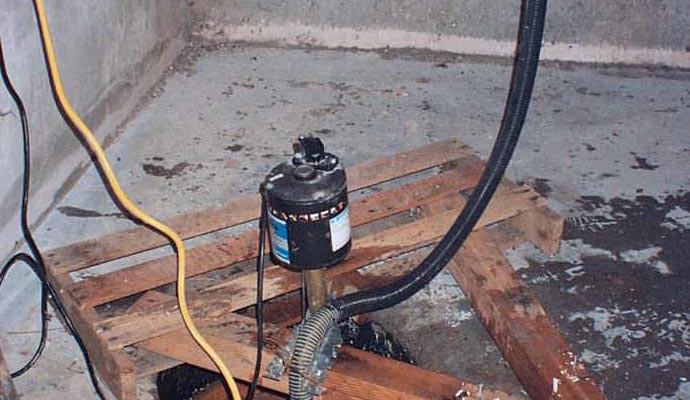
Why Are Basements in Central Indiana and Cincinnati Prone to Water Problems?
Basements are built below-grade, which makes them naturally vulnerable to water intrusion. Combine that with our region’s frequent rainfall, high clay-content soil, and fluctuating water tables, and it's no surprise many homes in Central Indiana and Greater Cincinnati suffer from basement moisture.
Even small amounts of moisture can cause major issues:
- Mold and mildew growth
- Rotting floor joists and sill plates
- Damaged drywall or carpets
- Unhealthy indoor air quality
Ignoring the problem can lead to serious structural issues and health hazards, which is why professional basement waterproofing is essential.
Step 1: Review Disclosures and Ask Questions
In both Indiana and Ohio, sellers must disclose known water issues. However, they may not always reveal the full story. Ask pointed questions:
- Has the basement ever leaked or flooded?
- Was a basement waterproofing system installed?
- Are there receipts or a transferable warranty?
If the home has a sump pump, interior drainage system, or vapor barrier, request documentation. A warranty from a reputable company like Americrawl can provide peace of mind.
Step 2: Inspect Grading and Landscaping
In homes from Fishers to Shelbyville and across to Richmond and Covington, surface water is a major culprit. Check the yard's slope. Water should flow away from the foundation, not toward it.
Regrading the soil or installing downspout extensions can solve minor issues, but consistent basement moisture likely calls for a more comprehensive waterproofing system.
Avoid planting water-loving plants near the home. Opt instead for drought-tolerant landscaping that won’t contribute to foundation saturation.
Step 3: Evaluate Gutters and Downspouts
Gutters and downspouts are your home's first line of defense against water intrusion. Make sure:
- Gutters are clean and functioning properly
- Downspouts extend 10–15 feet from the home
- No pooling is occurring near the foundation
Homeowners in Columbus, Carmel, or Westfield often overlook this simple fix, but improperly channeled rainwater is a leading cause of wet basements in our region.
Step 4: Identify Musty Odors and Mold
A musty smell in the basement—especially in older homes in Greenwood, Noblesville, or Northern Kentucky—is usually a sign of mold or mildew. Moisture trapped in the air or absorbed by wood framing creates the perfect breeding ground.
If the seller used air fresheners, dehumidifiers, or recently repainted, they may be masking the smell.
Americrawl recommends installing a professional-grade dehumidifier like the SaniDry Sedona. It removes excess humidity and filters indoor air, preventing mold and improving indoor air quality.
Step 5: Look for Foundation Cracks and Wall Damage
Cracks in foundation walls can allow water to seep in, particularly in areas with expansive clay soils like Terre Haute or Bloomington. Look for:
- Horizontal or stair-step cracks in block walls
- Vertical cracks in poured concrete
- Efflorescence or white powder (a sign of water seepage)
Waterproof paints and surface sealers only offer temporary relief. Real solutions require an interior drainage system like the Americrawl AkwaGard, which channels water away from your foundation and into a powerful sump pump system.
Step 6: Assess the Sump Pump and Interior Drainage System
If the home includes a sump pump, that’s good news—but you’ll want to verify:
- The pump turns on and drains water effectively
- There's a battery backup pump for power outages
- The drainage system is free of clogs and professionally installed
Homes in high water table areas like Lawrenceburg, Madison, or southeastern Indiana often rely on sump pumps to prevent flooding. Americrawl’s TripleSafe Sump Pump System includes two powerful pumps and a battery backup for total peace of mind—even during severe storms or power failures.
Step 7: Watch for Band-Aid Fixes
Be cautious of freshly painted basement walls or newly installed carpet. These may be cosmetic fixes meant to cover water stains or cracks.
Moisture meters used by home inspectors can detect hidden dampness. If the seller won’t allow this type of inspection, it's a red flag.
Don’t fall for “quick fix” products like waterproofing paint or DIY drain tile systems. True basement waterproofing involves addressing the root cause—groundwater pressure—and managing it with proper systems.
Step 8: Know the Water Table Risk
The water table fluctuates, especially in low-lying areas of Indiana and Ohio. After heavy spring rains or snowmelt, groundwater may rise above the basement floor, forcing water through cracks or even up from the floor itself.
This is especially common in cities like Lebanon, Rushville, and eastern Cincinnati suburbs.
Americrawl installs systems designed to relieve hydrostatic pressure from beneath your foundation, using perimeter drains and sump systems that move water safely out and away from the home.
Step 9: Ask About a Transferable Warranty
If the home has been waterproofed, ask if there’s a transferable warranty. A basement system installed by Americrawl includes a lifetime transferable warranty, so you can buy with confidence.
This applies to key waterproofing products such as:
- Interior drainage systems
- Vapor barriers
- Sump pump systems
- Crawl space encapsulation (if applicable)
Step 10: Understand What Insurance Covers
A wet basement isn’t always covered by homeowner’s insurance. Most policies exclude damage from rising groundwater unless you’ve added flood insurance or specific sump pump endorsements.
Ask your insurance agent:
- Does my policy cover water damage from basement leaks?
- Is sump pump failure covered?
- Should I purchase separate flood insurance?
Homeowners in flood-prone areas of Cincinnati and along rivers near Madison or Aurora may be required by their lenders to carry flood protection.
Step 11: Call Americrawl for a Free Estimate
The truth is, not all wet basements are created equal. A leaking crack may be easy to fix, while recurring water on the floor might require a full perimeter system.
Americrawl provides free, no-obligation basement inspections in:
- Indianapolis
- Bloomington
- Lafayette
- Anderson
- Muncie
- Greenwood
- Kokomo
- Noblesville
- Terre Haute
- Greater Cincinnati
and many other nearby cities and towns.
We’ve helped thousands of homeowners in Indiana and Ohio restore their basements and protect their homes from water intrusion. Whether your goal is storage, safety, or finishing your basement, we have a custom waterproofing solution that works—and fits your budget.
Final Thought
If a home inspection reveals a wet basement, don’t walk away just yet. With the right approach and the right contractor, even serious basement water problems can be permanently resolved. Contact Americrawl today to schedule your free basement waterproofing estimate and protect your investment—before the next big rain hits.
463-218-6767 Contact Us
